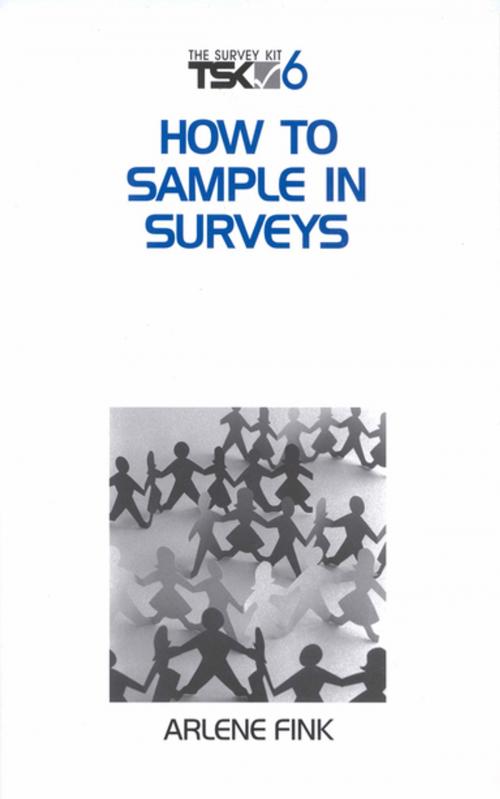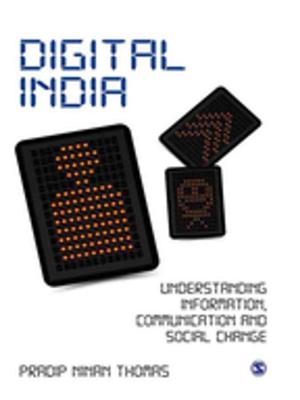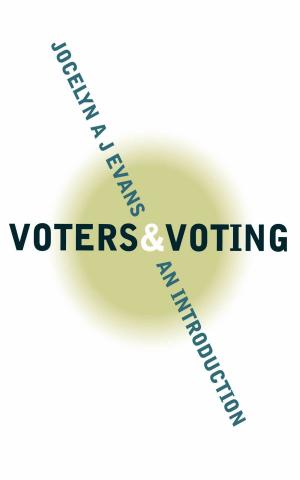How to Sample in Surveys
Nonfiction, Reference & Language, Reference, Research, Social & Cultural Studies, Social Science| Author: | Dr. Arlene G. Fink | ISBN: | 9781483389295 |
| Publisher: | SAGE Publications | Publication: | October 22, 2002 |
| Imprint: | SAGE Publications, Inc | Language: | English |
| Author: | Dr. Arlene G. Fink |
| ISBN: | 9781483389295 |
| Publisher: | SAGE Publications |
| Publication: | October 22, 2002 |
| Imprint: | SAGE Publications, Inc |
| Language: | English |
How much is enough in your sample? What is the difference between a research question and a survey question? By exploring the answers to these questions, this book shows readers how to specify inclusion and exclusion criteria in a sample, select the appropriate probability and non-probability sampling methods, understand the sources of error in sampling, and calculate the response rate. New to this edition is coverage of sample size and power so that the reader can better understand the logic in determining the sample size to detect a difference if one exists. Filled with checklists and guidelines, this book will enable readers to select and use the most appropriate sampling methods for their survey.
"Fink provides detailed descriptions of inclusion/exclusion criteria, the logic in estimating standard errors and sample size determination, and the sources of sampling errors."
--Gerald Albaum, book review in Journal of Marketing Research
How much is enough in your sample? What is the difference between a research question and a survey question? By exploring the answers to these questions, this book shows readers how to specify inclusion and exclusion criteria in a sample, select the appropriate probability and non-probability sampling methods, understand the sources of error in sampling, and calculate the response rate. New to this edition is coverage of sample size and power so that the reader can better understand the logic in determining the sample size to detect a difference if one exists. Filled with checklists and guidelines, this book will enable readers to select and use the most appropriate sampling methods for their survey.
"Fink provides detailed descriptions of inclusion/exclusion criteria, the logic in estimating standard errors and sample size determination, and the sources of sampling errors."
--Gerald Albaum, book review in Journal of Marketing Research















